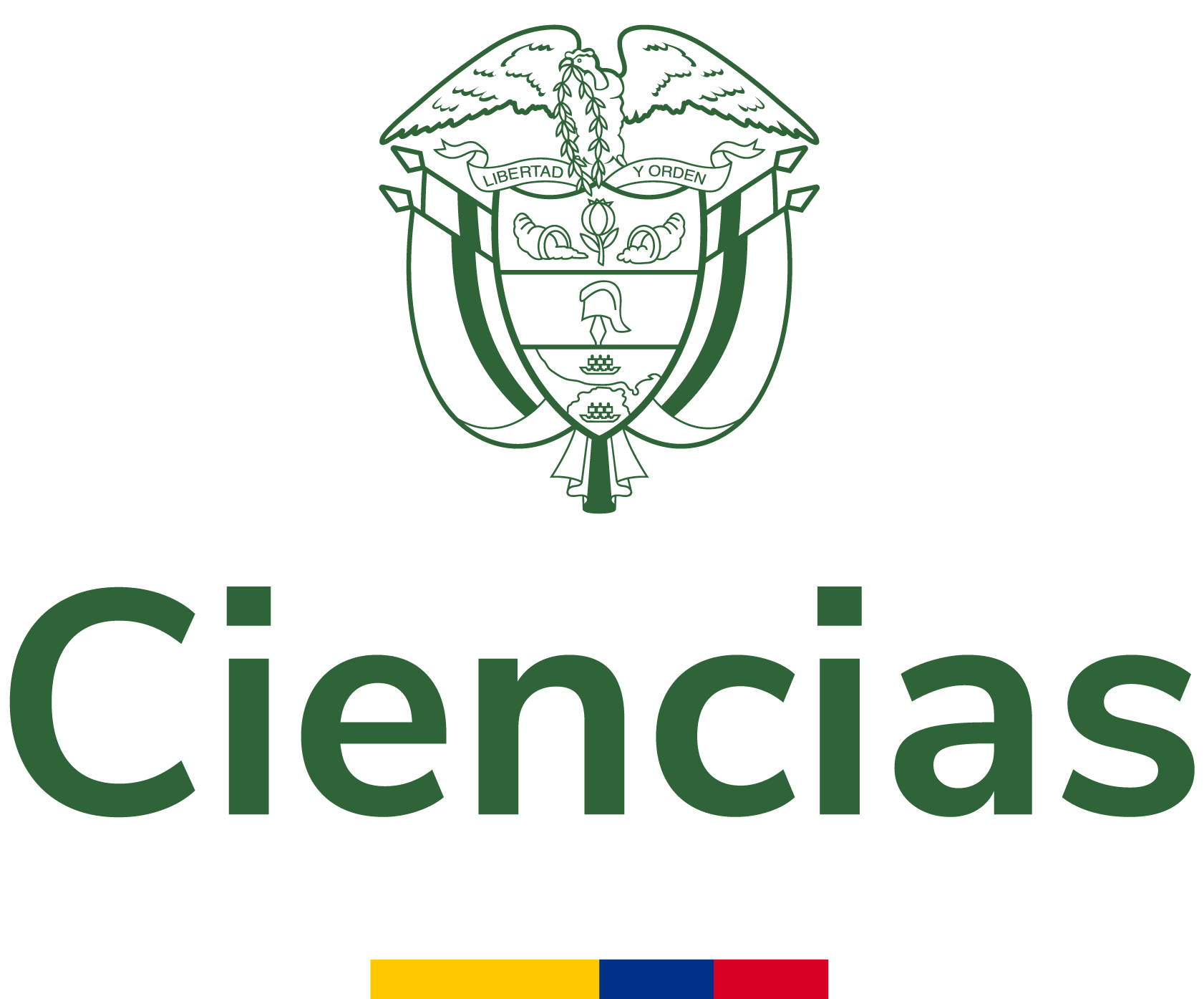From the Macro-intentional Communication Model to the Organizational and Informational Public Communication Model for the State Entities OIPCOM
The purpose of this article is to account for the contributions in the field of communication that the third sector orga...
- Autores:
- Tipo de recurso:
- Fecha de publicación:
- 2019
- Institución:
- Universidad Católica de Pereira
- Repositorio:
- Repositorio Institucional - RIBUC
- Idioma:
- spa
- OAI Identifier:
- oai:repositorio.ucp.edu.co:10785/15482
- Acceso en línea:
- https://revistas.ucp.edu.co/index.php/textosysentidos/article/view/492
http://hdl.handle.net/10785/15482
- Palabra clave:
- Rights
- openAccess
- License
- Derechos de autor 2019 Textos y Sentidos
| id |
RepoRIBUC_a3a4df7321a73eebe001b33e0dc09fbc |
|---|---|
| oai_identifier_str |
oai:repositorio.ucp.edu.co:10785/15482 |
| network_acronym_str |
RepoRIBUC |
| network_name_str |
Repositorio Institucional - RIBUC |
| repository_id_str |
|
| spelling |
From the Macro-intentional Communication Model to the Organizational and Informational Public Communication Model for the State Entities OIPCOMDel modelo de comunicación Macrointencional al modelo de comunicación pública organizacional e informativa para las entidades del estado, MCPOI.The purpose of this article is to account for the contributions in the field of communication that the third sector organizations have made for the government processes. This analysis focuses on the Macro-intentional Communication Model, originated within Social Foundation. Likewise, the transfer of knowledge based on the learning of the communicators who are mediated by institutional features, and the positioning of communication in the State are evidenced; transforming the traditional notion of a press office, the need to think of a communicator for the construction of the public; and the management of processes from the public communication scenario by facing the formation of citizenship, transparency and the public service. El propósito de este artículo es dar cuenta de los aportes que en materia de comunicación han realizado organizaciones del tercer sector a los procesos gubernamentales. Su análisis está centrado en el Modelo de Comunicación Macrointencional, originado en el seno de Fundación Social. Se evidencia el traslado del saber soportado en los aprendizajes de los comunicadores mediados por rasgos de las instituciones; el posicionamiento de la comunicación en el Estado, transformando la noción tradicional de oficina de prensa; la necesidad de pensar un comunicador para la construcción de lo público; y gestionar procesos desde el escenario de comunicación pública de cara a la formación de ciudadanía, la transparencia y lo público como servicio.Universidad Católica de Pereira2023-08-30T00:50:56Z2023-08-30T00:50:56Z2019-06-19Artículo de revistahttp://purl.org/coar/resource_type/c_6501http://purl.org/coar/version/c_970fb48d4fbd8a85info:eu-repo/semantics/articleinfo:eu-repo/semantics/publishedVersionhttp://purl.org/coar/resource_type/c_2df8fbb1application/pdfhttps://revistas.ucp.edu.co/index.php/textosysentidos/article/view/492http://hdl.handle.net/10785/15482Textos y Sentidos; Núm. 8 (2013); 212 - 2402215-88202215-8812spahttps://revistas.ucp.edu.co/index.php/textosysentidos/article/view/492/500Derechos de autor 2019 Textos y Sentidoshttps://creativecommons.org/licenses/by-nc/4.0/deed.es_EShttps://creativecommons.org/licenses/by-nc/4.0/deed.es_ESinfo:eu-repo/semantics/openAccesshttp://purl.org/coar/access_right/c_abf2García Bustamante, Elva Mónicaoai:repositorio.ucp.edu.co:10785/154822025-01-27T23:58:05Z |
| dc.title.none.fl_str_mv |
From the Macro-intentional Communication Model to the Organizational and Informational Public Communication Model for the State Entities OIPCOM Del modelo de comunicación Macrointencional al modelo de comunicación pública organizacional e informativa para las entidades del estado, MCPOI. |
| title |
From the Macro-intentional Communication Model to the Organizational and Informational Public Communication Model for the State Entities OIPCOM |
| spellingShingle |
From the Macro-intentional Communication Model to the Organizational and Informational Public Communication Model for the State Entities OIPCOM |
| title_short |
From the Macro-intentional Communication Model to the Organizational and Informational Public Communication Model for the State Entities OIPCOM |
| title_full |
From the Macro-intentional Communication Model to the Organizational and Informational Public Communication Model for the State Entities OIPCOM |
| title_fullStr |
From the Macro-intentional Communication Model to the Organizational and Informational Public Communication Model for the State Entities OIPCOM |
| title_full_unstemmed |
From the Macro-intentional Communication Model to the Organizational and Informational Public Communication Model for the State Entities OIPCOM |
| title_sort |
From the Macro-intentional Communication Model to the Organizational and Informational Public Communication Model for the State Entities OIPCOM |
| description |
The purpose of this article is to account for the contributions in the field of communication that the third sector organizations have made for the government processes. This analysis focuses on the Macro-intentional Communication Model, originated within Social Foundation. Likewise, the transfer of knowledge based on the learning of the communicators who are mediated by institutional features, and the positioning of communication in the State are evidenced; transforming the traditional notion of a press office, the need to think of a communicator for the construction of the public; and the management of processes from the public communication scenario by facing the formation of citizenship, transparency and the public service. |
| publishDate |
2019 |
| dc.date.none.fl_str_mv |
2019-06-19 2023-08-30T00:50:56Z 2023-08-30T00:50:56Z |
| dc.type.none.fl_str_mv |
Artículo de revista http://purl.org/coar/resource_type/c_6501 http://purl.org/coar/version/c_970fb48d4fbd8a85 info:eu-repo/semantics/article info:eu-repo/semantics/publishedVersion |
| dc.type.coar.fl_str_mv |
http://purl.org/coar/resource_type/c_2df8fbb1 |
| status_str |
publishedVersion |
| dc.identifier.none.fl_str_mv |
https://revistas.ucp.edu.co/index.php/textosysentidos/article/view/492 http://hdl.handle.net/10785/15482 |
| url |
https://revistas.ucp.edu.co/index.php/textosysentidos/article/view/492 http://hdl.handle.net/10785/15482 |
| dc.language.none.fl_str_mv |
spa |
| language |
spa |
| dc.relation.none.fl_str_mv |
https://revistas.ucp.edu.co/index.php/textosysentidos/article/view/492/500 |
| dc.rights.none.fl_str_mv |
Derechos de autor 2019 Textos y Sentidos https://creativecommons.org/licenses/by-nc/4.0/deed.es_ES https://creativecommons.org/licenses/by-nc/4.0/deed.es_ES info:eu-repo/semantics/openAccess http://purl.org/coar/access_right/c_abf2 |
| rights_invalid_str_mv |
Derechos de autor 2019 Textos y Sentidos https://creativecommons.org/licenses/by-nc/4.0/deed.es_ES http://purl.org/coar/access_right/c_abf2 |
| eu_rights_str_mv |
openAccess |
| dc.format.none.fl_str_mv |
application/pdf |
| dc.publisher.none.fl_str_mv |
Universidad Católica de Pereira |
| publisher.none.fl_str_mv |
Universidad Católica de Pereira |
| dc.source.none.fl_str_mv |
Textos y Sentidos; Núm. 8 (2013); 212 - 240 2215-8820 2215-8812 |
| institution |
Universidad Católica de Pereira |
| repository.name.fl_str_mv |
|
| repository.mail.fl_str_mv |
|
| _version_ |
1844494628517052416 |






